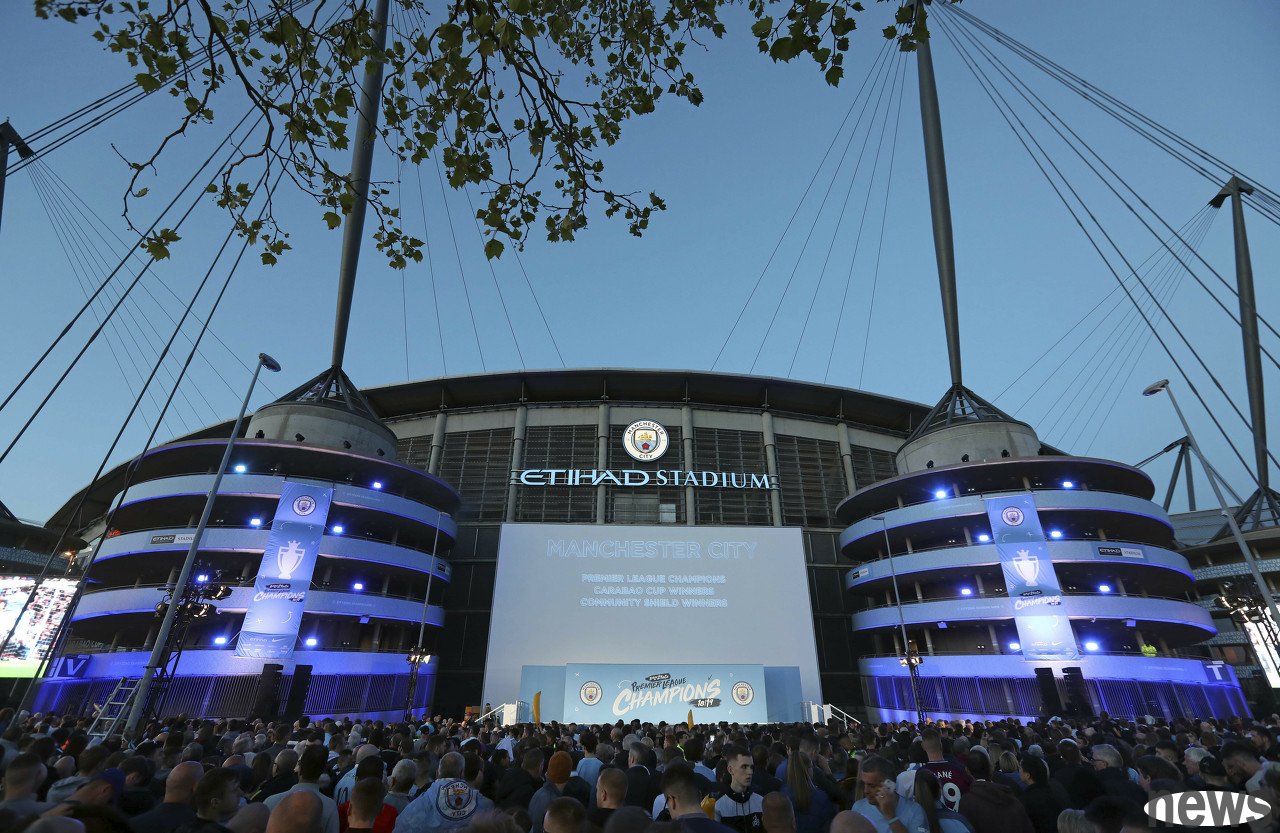
Manchester City has spent 22 years at the Etihad Stadium. However, throughout the club's long history they have also used other stadiums as their home ground.
There is no doubt that when it comes to Manchester City, what comes to mind most is their former home stadium, Maine Road, but this is not the starting point of Manchester City's history. This article will review the three stadiums Manchester City have used and their highest attendance records, and explain how City ended up moving to their current Etihad Stadium.
The Etihad Stadium is Manchester City's third home stadium since its establishment. The club's first home stadium was Hyde Road Stadium, but it was forced to relocate due to a fire. In 1923, they moved to the 85,000-capacity Maine Road Stadium, where they spent the next 80 years. The team then moved to Manchester City Stadium, which has now been renamed the Etihad Stadium for sponsorship reasons.
Where did Manchester City originally play?
It was difficult for Manchester City to find a permanent home in the early days. It was not until captain Kenneth McKenzie discovered a piece of wasteland on Hyde Road near Ardwick that the situation began to change.
In 1887, the club rented the land and built the stadium for £10. The first stand was built a year later. The club initially called itself Ardwick AFC, and later changed its name to Manchester City in 1894.
Hyde Road became the club's home ground for the next 30 years, with capacity once increased to 40,000. However, a fire in 1920 forced Manchester City to move.
When did Manchester City move to Maine Road?
In 1923, Manchester City moved to its new home ground, Maine Road. The choice was controversial as most fans were from Bellevue and the new stadium was in Moss Side, south of Manchester.
The Maine Road stadium took 300 days to build and cost 100,000 pounds, which was a huge sum of money at the time. Manchester City's first game at Maine Road attracted 58,159 spectators on August 25, 1923, against Sheffield United.
In fact, Manchester United rented the Maine Road stadium from 1945 to 1949 because Old Trafford was bombed during World War II and needed to be repaired.
Maine Road has gone through many changes over the years. Floodlights were first installed in 1953 and in 1994 it was converted into an all-seater stadium with reduced capacity following the Taylor Report. In 1995, the old 18,000-seat Kippax Stand was replaced by a 14,000-seat three-tiered main stand at a cost of £16 million. But soon the cost of further upgrading and renovating the stadium became increasingly expensive.
The last game at Maine Road was against Southampton on May 11, 2003. There were 34,957 spectators in attendance that day, which was nearly full.
The Etihad Stadium Era
With the hosting of the 2002 Commonwealth Games and the completion of the Manchester City Stadium (now renamed the Etihad Stadium due to sponsorship reasons), Manchester City decided to move into this brand-new stadium.
The Etihad Stadium has been Manchester City's home ground since the 2003-04 season, when the stadium was handed over to the club by the city council. The stadium was originally built for the 2002 Commonwealth Games, but was converted into a football stadium before Manchester City moved in. The stadium capacity has gradually increased from the initial 38,000 to 55,000, with plans to further expand to more than 61,000 by 2026.
Manchester City's highest attendance record at home
Manchester City's highest attendance record at home dates back to March 1934. At that time, a total of 84,569 fans attended the match against Stoke City in the sixth round of the FA Cup. By comparison, the record attendance at the Etihad Stadium was 54,693.